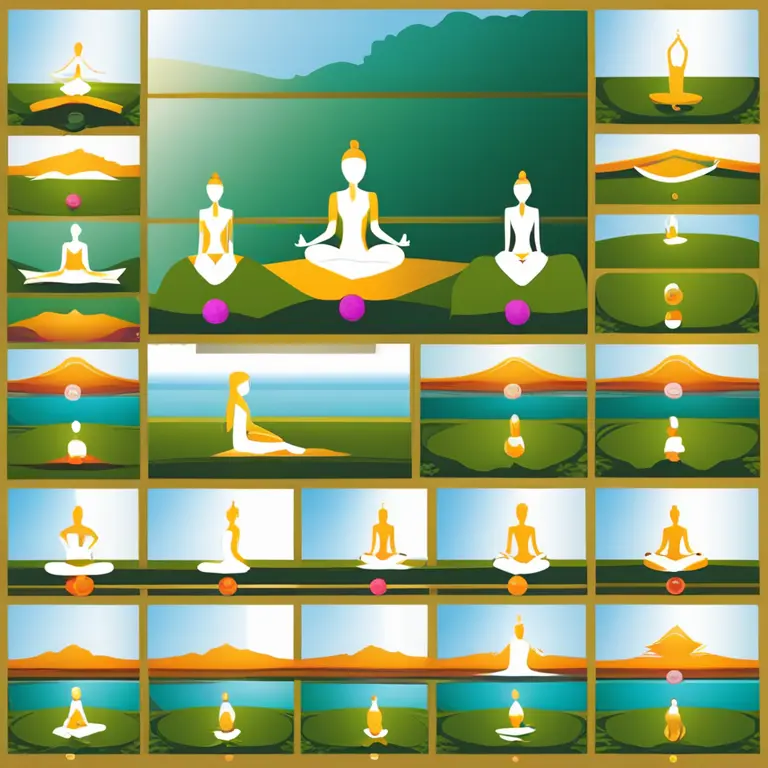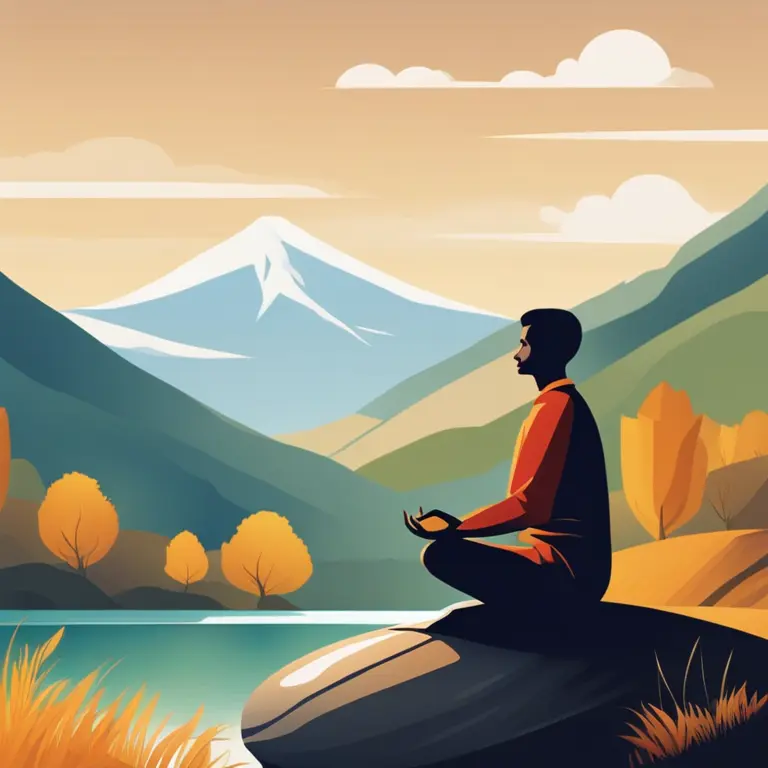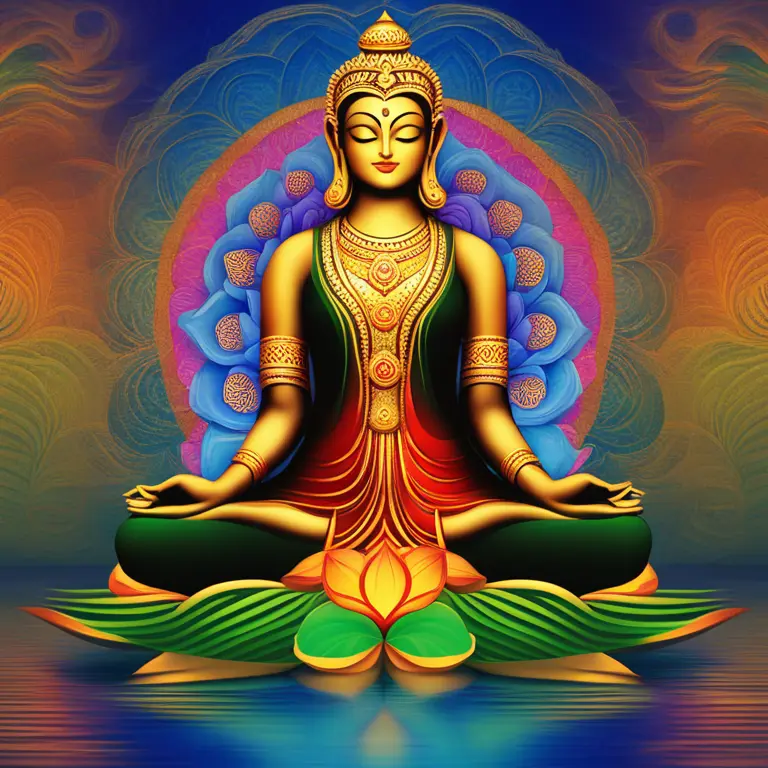
Mastering the Perfect Meditation Pose
Guidance on adopting the right meditation pose to enhance your spiritual practice and mental tranquility.
article by Hina Kurosawa
Introduction to Meditation Posture
The practice of meditation has been a cornerstone of spiritual development and mental health for centuries. As of 2024, with the world moving at an ever-accelerating pace, finding inner peace through meditation has become even more essential. A crucial aspect of successful meditation that is often overlooked is the pose one adopts. Contrary to popular belief, one size does not fit all when it comes to meditation poses. This article will delve into the importance of the correct posture and how it can significantly enhance your meditation experience.

Significance of Proper Alignment
Meditation is rooted in stillness and presence. The alignment of the body plays a critical role in facilitating a deeper meditative state. When your body is correctly aligned, energy can flow through it more freely, reducing the chances of discomfort that can distract you from your practice. The ideal meditation posture encourages a straight spine, a balanced head on your shoulders, and a steadiness that allows for both alertness and relaxation. Let's explore different poses suited for individuals with various needs and preferences.

Lotus Pose (Padmasana)
Widely recognized and often depicted in ancient texts, the Lotus Pose is synonymous with meditation. The arrangement of the legs in a crossed position not only creates a stable tripod base but also stimulates a connection to the earth element. Ideally, this pose is beneficial for increasing concentration and maintaining a prolonged session of meditation. However, due to the flexibility it requires at the hips, knees, and ankles, this position is not suitable for everyone. Listening to your body's limits is paramount.

Seated Pose Alternatives
If the Lotus Pose is unattainable or uncomfortable, there are alternatives. The Half-Lotus and Quarter-Lotus poses offer similar benefits with less stress on the joints. For those who need even more flexibility, simply sitting cross-legged (Sukhasana) with a straight spine can be just as effective. Alternatively, a Seiza posture, where one kneels with a cushion or bench under the sitting bones, can provide a comfortable option for staying upright without the strain on the legs that cross-legged positions may induce.

Chair Meditation for Accessibility
Meditation should be a practice open to all, regardless of physical limitations. Sitting in a chair is a perfectly viable position, especially for those with mobility issues. A chair with a straight back support encourages proper spinal alignment while allowing the feet to rest firmly on the floor. Ensure that both your back and your feet are supported to prevent any strain over long meditation periods.
Supports and Props for Comfort
The use of props can be a game-changer in meditation practice. A cushion or folded blanket under the hips can elevate the pelvis, naturally aligning the spine. Yoga blocks, foam supports, or even books can be used to support the knees in a cross-legged position if they do not reach the ground, providing stability and preventing strain. Comfort is not a luxury when meditating; it is a necessity for maintaining the pose and deep focus.
Integrating the Pose into Practice
Once you have found the pose that best suits your body, integrate it into your daily practice. Consistency in your meditation posture will train your body and mind to enter a state of relaxation and awareness more swiftly. Also, be open to adjustments over time as your body changes or you become more flexible. Be patient with yourself, as mastery over one's meditation posture does not happen overnight but rather is a part of the ongoing journey of inner development.
Published: 1/18/2024
Modified: 1/18/2024
More predictions
Come back here soon to learn more about yourself and your future


Mindfulness & Meditation: A Path to Inner Calm
Delve into our Mindfulness Meditation Program designed to guide you on a serene journey towards inner peace and clarity.


Unravelling Your Mindfulness Meditation Journey
Discover the steps to leading a successful mindfulness meditation session, enhancing emotional balance and tranquility.


Exploring Your Mindful Meditation Journey
Learn to lead a mindfulness meditation with practical steps and techniques for a peaceful mind and balanced life.